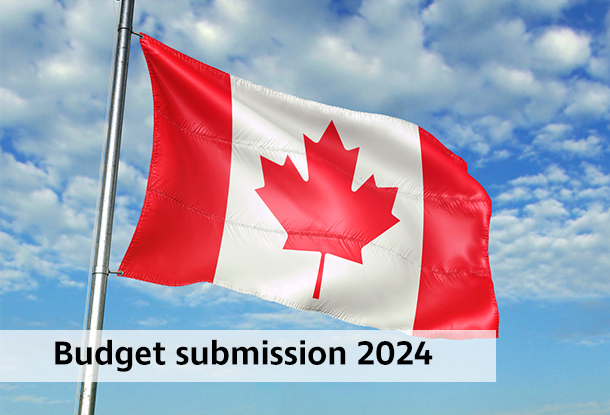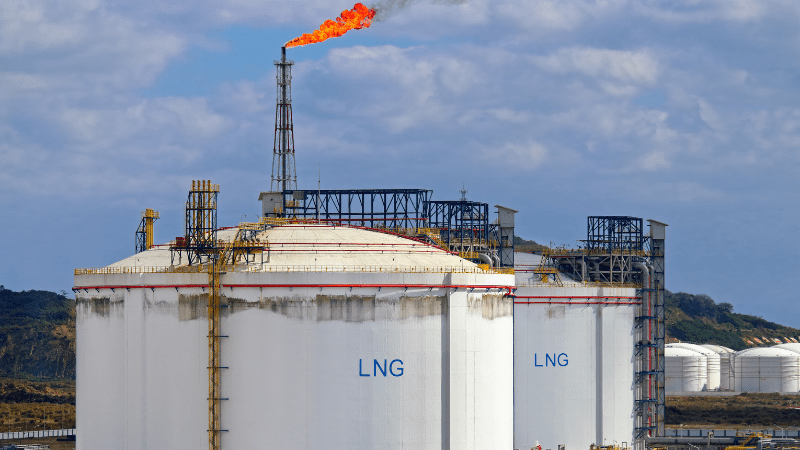Marco Levytsky, Editorial Writer.
Kabul rescue operation demonstrates why Ukraine must be admitted to NATO’s MAP now
As we reported in last week’s edition, Ukrainian special forces conducted a daring operation in Kabul to rescue 19 Afghan refugees, among them translators, including one who worked for The Globe and Mail and another who served the Canadian military, as well as their families. They arrived in Kyiv on August 29.
This rescue was co-ordinated by the Ukrainian military, the office of President Volodymyr Zelenskyy and The Globe. Mark MacKinnon, the Globe and Mail’s senior international correspondent, not only broke the story but was integral in co-ordinating the rescue, reported CTV News.
“This was an amazing rescue,” MacKinnon told CTV. “We tried many different rescue groups, we had a couple of plans with the Canadian army to get them inside the Kabul airport that didn’t work, we had a plan with the U.S. State Department who was giving us guidance on how to get them in, but that fell apart after the suicide bombings last week.”
MacKinnon said that contacts he had with the Ukrainian presidency and other diplomatic channels came through, and the rescue plan was hatched.
“They said, ‘tell your guys to get into some vehicles, take some pictures of the license plates of those cars and send those pictures to the Ukrainian military,’” he said. “They told the cars to drive near the airport.”
McKinnon reported that the rescue of the translators was carried out early on the morning of August 27 in Kabul, a day after the last Canadian evacuation plane left Afghanistan, and hours after the deadly suicide attack at one of the gates to Hamid Karzai International Airport, which resulted in the deaths of at least 170 Afghans trying to flee the country, as well as 13 U.S. soldiers. Following the attack, which was claimed by the local affiliate of the so-called Islamic State, the U.S. said that only foreign nationals – and no more visa-clutching Afghans – would be allowed to enter the airport.
Despite that restriction, as well as the growing risks to coalition forces ahead of the scheduled withdrawal of the last U.S. forces on Aug. 31, Ukrainian troops went out into the city of Kabul on foot to escort two minibuses – carrying the Canada-bound translators and their families, 19 people in all – onto the airfield.
The soldiers had photographs of the licence plates of the minibuses, and they surrounded and escorted the vehicles for the last 600 metres into the airport.
McKinnon further reported that the Ukrainian operation succeeded where others had collapsed because the Ukrainian military deployed special forces troops into the city on foot to conduct the rescue.
Another person who played a critical role was Roman Waschuk, the former Canadian ambassador to Kyiv who aided the operation by putting The Globe in contact with a senior official in Zelenskyy’s office. He told The Globe the Ukrainians had agreed to the rescue mission in large part because of the support their country had received from Canada during its own seven-year war with Russian-backed forces in the Donbas.
In a tweet, President Zelensky said “360 more Ukrainians and citizens of other countries” had arrived in Kyiv on Saturday. “Our military, intelligence and diplomats have done a brilliant job. Ukraine does not leave its citizens in trouble in difficult times and helps others!”
“This courageous operation by Ukrainian special forces shows the strong bonds of friendship and long-standing close ties between Canada and Ukraine,” stated Alexandra Chyczij, National President of the Ukrainian Canadian Congress. “The Ukrainian forces acted with boldness, valour and fearlessness. In the terrible circumstances in Afghanistan, Ukraine has demonstrated that it has Canada’s back, and we are grateful to them.”
Most notably, evacuees said they were stunned that Ukrainian troops had taken risks to save them that Canadian and U.S. forces had not.
“Everybody was surprised. I tried for the last month to have someone get us. We asked the Americans, the Canadians, the Qataris, everybody – and no solution. They were scared to come out,” said Jawed Haqmal, a 33-year-old father of four who worked two years with Canadian special forces in Kandahar. “The Ukrainian soldiers were angels for us. They did an exceptional job. They have big hearts.”
And that is the key lesson to be learned from this daring operation. Ukrainian Armed Forces acted quickly, bravely and with precision. This stands out in contrast to the bungled rescue operations of both the Canadian and American governments.
Yet U.S. President Joe Biden had the gall to tell Zelenskyy Ukraine is far from ready to join NATO. If military precision and professionalism is any indication, then Ukraine is more than ready. And the road forward is through the NATO Membership Action Plan (MAP). MAP is a NATO program of advice, assistance and practical support tailored to the individual needs of countries wishing to join the Alliance. Countries participating in the MAP submit individual annual national programs on their preparations for possible future membership. These cover political, economic, defence, resource, security and legal aspects.
In an April 6 telephone call with NATO Secretary General Jens Stoltenberg, President Zelenskyy called on NATO members to pay more attention to security issues in the Black Sea, to strengthen their military presence in the Black Sea region and stressed that the most urgent issue in relations with NATO for Ukraine was admission into the MAP. Yet Ukraine still remains outside the program.
Not only has Ukraine participated in more joint NATO exercises than any other non-NATO member, but it has boldly stepped forward with a rescue operation that involved going where no NATO member dared to go. Surely, over the past several years, Ukraine has more than adequately demonstrated her rapidly growing military prowess, reliability as a future partner and resolute commitment to the shared goals and objectives of the NATO alliance, to warrant entry into MAP without further excuses or delays. And Canada as Ukraine’s most special foreign partner and the principal beneficiary of this daring operation, must take the lead in advocating for Ukraine’s entry into the MAP program as well as enhancing Operation UNIFIER.
Share on Social Media



































